Is Soy a Complete Protein?
There are many benefits to eating soy. For starters, soy foods provide vitamins and minerals, including B vitamins, iron, zinc and multiple types of antioxidants. They are also a source of fiber and omega-3 fats, which are known to lower the risk of heart disease. Plus, if you have been on the hunt for protein-containing foods, then you may be familiar with the fact that soy foods are a source of protein. However, there is some divide between the consumption of complete versus incomplete proteins. Read on to learn about the difference between the two types of proteins and how soy is categorized.
What Amino Acids are in Soy Protein?
Before we compare the differences between the two types of protein, it’s important to know what amino acids are. Amino acids are the molecules that combine to form proteins, and they can be used as a source of energy for the body. Our bodies are able to produce some amino acids, but the nine essential amino acids that our bodies need can only be obtained through foods. These amino acids are histidine, isoleucine, leucine, lysine, methionine, phenylalanine, threonine, tryptophan and valine.
Complete Protein vs. Incomplete Protein
Foods that contain all nine essential amino acids are considered complete proteins. Incomplete proteins are foods that contain some of the essential amino acids, but not all nine.
Examples of foods that are complete sources of protein include:

Animal Meats
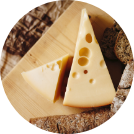
Dairy
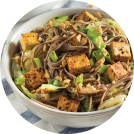
Soy Foods
Examples of foods that are incomplete sources of protein include:
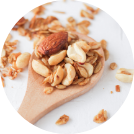
Nuts
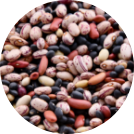
Legumes
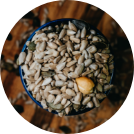
Seeds
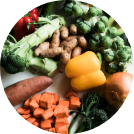
Vegetables

Whole Grains
As the lists above show, most animal meats are complete proteins while most plant-based foods are incomplete proteins.
Soy is one of the few exceptions and contains all nine essential amino acids.
Soy is a Complete Protein

Consuming Incomplete Proteins
Now that we know soy is a complete protein, let’s dive into more information on incomplete proteins. The phrase “incomplete” may be a little misleading – other plant-based proteins can still be a good way to meet nutrition goals. As long as you are including a wide variety of plant-based foods into your diet, you can get the protein you need. And by adding complete plant-based proteins, like soy, to your diet, you can ensure that you are getting all nine essential amino acids.
It’s easy to add soy to your day by pouring a glass of soy milk to go with breakfast, sprinkling some edamame into a salad or trying one of our many soy recipes to find inspiration for your next meal to add an extra dose of protein.
To learn even more about soy, check out our Soy Myths and Facts page to find answers to common misconceptions about eating soy.